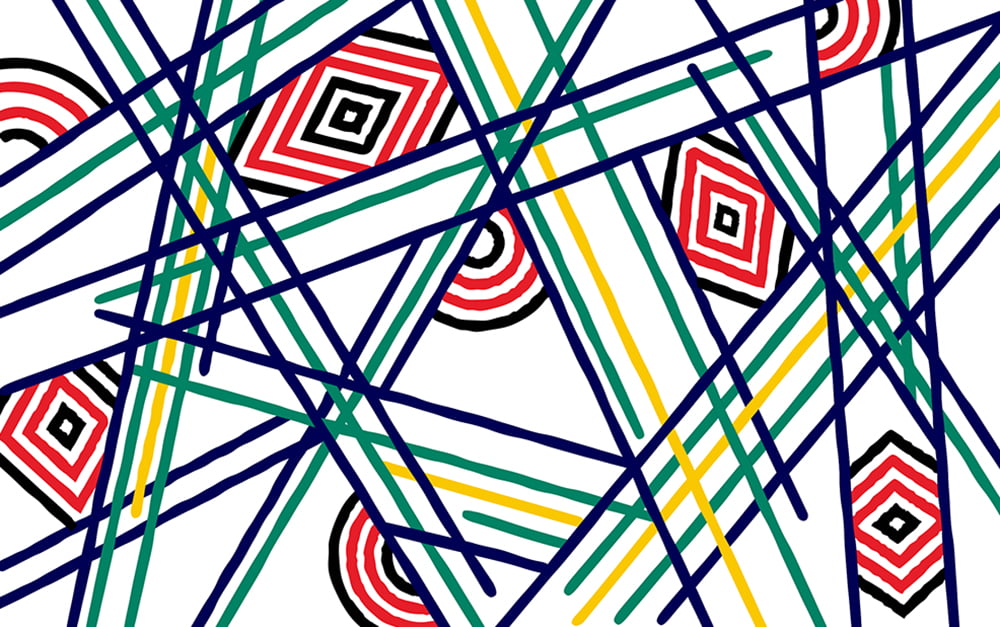

The CO2 Removal Network is focused on approaches to reduce carbon dioxide with a recognition of the inherent embeddedness of the technological, social and ecological in solving this global challenge.
The Network aims to develop transdisciplinary approaches to address this key issue, to generate real solutions by bringing technological, social, economic, and governance perspectives into dialogue with one another in a meaningful way that leads to real-world outcomes.
The following themes reflect areas of expertise across the network.
Bundoora-based development and scaling of socio-ecological and technical pathways to remove carbon dioxide in partnership with RMIT’s neighbours.
Site-specific projects in regional Victoria and beyond that draw on local strengths and place-based opportunities to develop and scale socio-ecological and technical pathways for Australia to reduce the amount of carbon dioxide in our atmosphere, in order to minimise the effects of climate change globally.
Associate Professor Catherine Strong
School of Media and Communication
Associate Professor Samantha Grover
School of Science
Dr Peter Sherrell
School of Science
Associate Professor David Rousell
School of Education
Associate Professor Samantha Grover
School of Science
Associate Professor David Rousell
School of Education
Associate Professor Catherine Strong
School of Media and Communication
Dr Peter Sherrell
School of Science
The CO2 Removal Network is open to all academic and professional staff members who are personally committed to contributing to Australia reaching net zero in their lifetimes.
To find out how you can join the network and contribute, email:

CO2 Removal Network is supported by the following Enabling Impact Platforms:
|
|
| Advanced Materials, Manufacturing, and Fabrication | Transforming specialised materials into high-performing products. |
| Design and Creative Practice | Applying an inventive, exploratory approach to real-world problems through interdisciplinary research, within and beyond design and creative practice. |
| Sustainable Technologies and Systems | Leveraging sustainable technologies and systems to solve national and global environmental, social and economic challenges in the areas of energy, water, food and circular economy. |

EIPs enable economic, environmental, societal, health and cultural impact with government, business and the community through research and innovation.


RMIT University acknowledges the people of the Woi wurrung and Boon wurrung language groups of the eastern Kulin Nation on whose unceded lands we conduct the business of the University. RMIT University respectfully acknowledges their Ancestors and Elders, past and present. RMIT also acknowledges the Traditional Custodians and their Ancestors of the lands and waters across Australia where we conduct our business - Artwork 'Sentient' by Hollie Johnson, Gunaikurnai and Monero Ngarigo.
Learn more about our commitment to Indigenous cultures